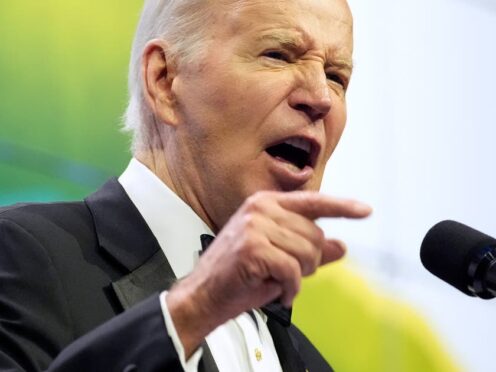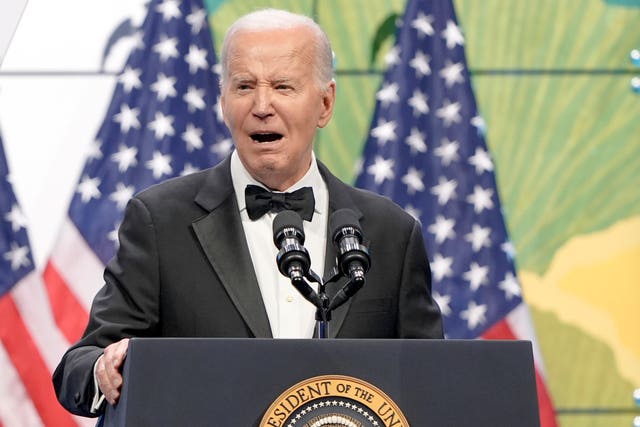
President Joe Biden and former president Donald Trump have agreed to hold two campaign debates in June and September.
The first debate will be held on June 27 and will be hosted by the broadcaster CNN. The second will take place on September 10 and be hosted by ABC.
But there were no guarantees that they would happen as their camps appeared far apart on key details like the setting and ground rules for the potential face-offs.
The quick agreement on the timetable to meet followed the Democrat’s announcement that he will not participate in fall presidential debates sponsored by the non-partisan commission that has organised them for more than three decades.
Mr Biden’s campaign instead proposed that media outlets directly organise the debates with the presumptive Democratic and Republican nominees, with the first to be held in late June and the second in September before early voting begins.

The presumptive Republican nominee, Mr Trump, in a post on his Truth Social site, said he was “ready and willing to Debate” Mr Biden at the proposed times.
Hours later, Mr Biden said he accepted an invitation from CNN to a debate on June 27, adding, “Over to you, Donald. As you said, anywhere, anytime, any place.”
Mr Trump’s campaign did not immediately respond to the June 27 debate proposal.
Still, the two sides appeared to be hold significant differences on key questions of how to organise the debates, including agreeing on media partners, moderators, location and rules – some of the very questions that prompted the formation of the Commission on Presidential Debates in 1987.
Mr Biden’s proposal would exclude third-party candidates, such as Robert F Kennedy Jr.
Mr Trump’s team did not immediately weigh in on the details of the Biden proposal, but Mr Trump expressed his desire for a large, live audience.
“I would strongly recommend more than two debates and, for excitement purposes, a very large venue, although Biden is supposedly afraid of crowds – that’s only because he doesn’t get them,” Trump said. “Just tell me when, I’ll be there.”
Mr Trump has been pushing for more debates and earlier debates, arguing voters should be able to see the two men face off well before early voting begins in September.
He has repeatedly said he will debate Biden “anytime, anywhere, any place,” even proposing the two men face off outside the Manhattan courthouse where he is currently on criminal trial in a hush money case.

Enjoy the convenience of having The Sunday Post delivered as a digital ePaper straight to your smartphone, tablet or computer.
Subscribe for only £5.49 a month and enjoy all the benefits of the printed paper as a digital replica.
Subscribe